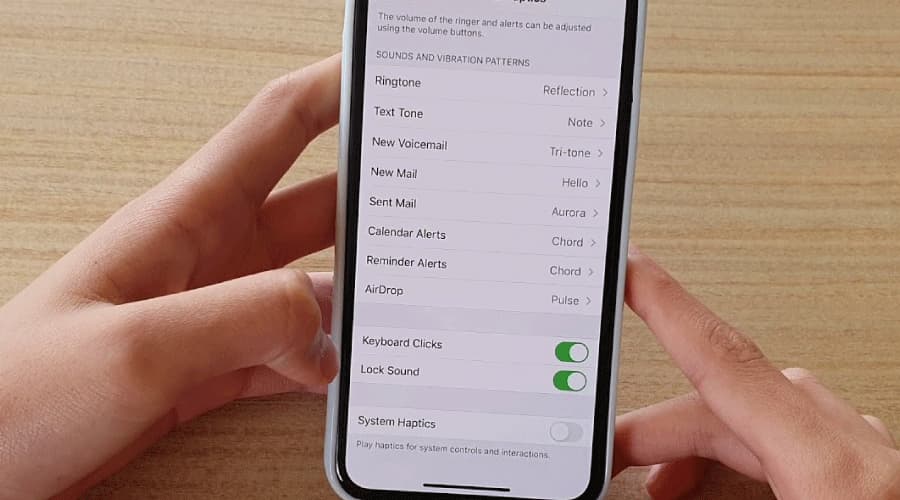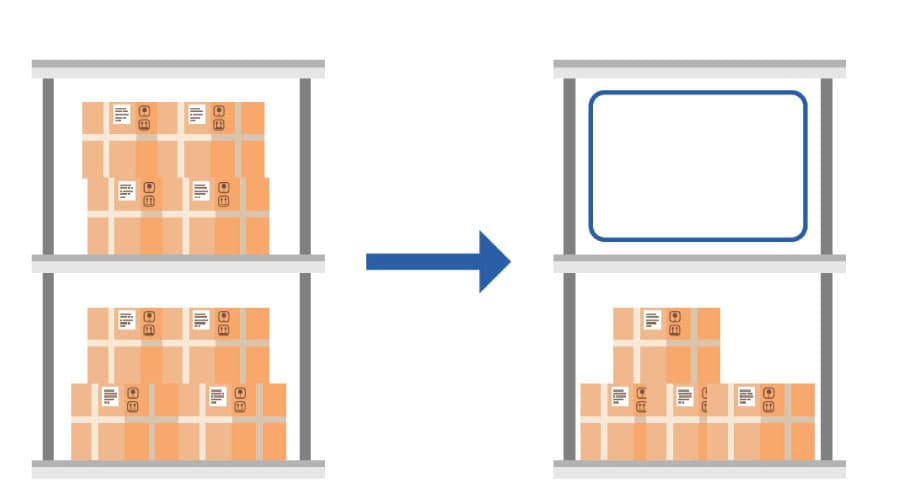If you’ve ever filled out a form online, you may have come across the “Address Line 2” field and wondered what it’s for. Most people simply leave it blank, but it can actually be quite useful! So, what does Address Line 2 mean?

Basically, it’s an additional line for your address that can be used for things like apartment numbers or suite numbers. In some cases, it may also be used for a second street address. If you’re not sure whether or not you should fill out the Address Line 2 field, just look at the instructions on the form.
In most cases, it will be optional. However, if you have information that would normally go on a second line of your address (such as an apartment number), then it’s a good idea to include it. Including extra information in the Address Line 2 field can help ensure that your mail gets delivered to the right place. So next time you see it, don’t just leave it blank – take advantage of this helpful tool!
What Does Address Line 1 Mean?
If you’ve ever filled out a form online, you’ve probably come across the “Address Line 1” field. But what does this field actually mean? Simply put, Address Line 1 is the street address of the person or business filling out the form.
This could be something like “123 Main Street” or “1600 Pennsylvania Avenue.” In some cases, Address Line 1 may also be used to list a PO Box number.
For example, if you’re a business that only operates online, you might use your PO Box as your primary address.
So next time you see an Address Line 1 field on a form, make sure to enter the correct street address (or PO Box number) so that your mail gets delivered to the right place!
Address Line 1 And 2 Meaning?
If you’ve ever filled out a form online, you may have noticed that there are two fields for your address – Address Line 1 and Address Line 2.
But what’s the difference between the two? Address Line 1 is typically used for your street address, while Address Line 2 can be used for things like suite numbers or apartment numbers. In some cases, you may even see Address Line 2 used for a second street address.
So if you’re ever unsure about which field to use for your address, just remember that Address Line 1 is usually for your street address, while Address Line 2 is for additional information about your address.
Address Line 1/2 And 3 Example?
If you’re looking for an example of what to put in the address line 1, 2, and 3 fields on a form, you’ve come to the right place. In this blog post, we’ll provide a few examples for each field so you can see how it’s done.
Address Line 1:
This is where you would typically enter your street address.
For example: 123 Main Street
Address Line 2:
This field is usually used for apartment or suite number.
For example: Apt 3B
Address Line 3:
This field can be used for anything else that might be relevant to your address.
For example: c/o John Doe
We hope this has been helpful!
What is Address Line 3?
If you’ve ever looked at a mailing label or an online form, you may have noticed that there is often a field for “Address Line 3.”
But what is this field for? Address Line 3 is typically used for any additional information about the address that doesn’t fit in the other two lines.
This might include things like an apartment number, a suite number, or a rural route number. In some cases, it may also be used to provide extra information about the recipient, such as their title or department.
So if you’re ever wondering what to put in the Address Line 3 field, just remember that it’s for any extra information about the address or recipient.
Address Line Meaning
There are a few different types of address lines that you may see on an envelope. The most common type of address line is the street address line. This is where you would write the number and street name of the recipient.
The next type of address line is the city, state, and zip code line. This is where you would write the city, state, and zip code of the recipient. The last type of address line is the country line.
This is where you would write the country of the recipient.

What Do U Put in Address Line 2?
If you’re wondering what to put in the second line of your address, it’s generally reserved for your apartment, suite, or unit number.
This is especially common in urban areas where space is limited. If you live in a rural area or small town, the second line may simply be left blank.
In either case, be sure to include any relevant information on the first line of your address so that your mail can reach its intended destination.
What is an Example of Address Line 2?
An address line 2 is an additional line of information that can be added to a mailing address. This line is typically used to include additional information such as a apartment number, suite number, or floor number.
What is the Address Line 1 And 2?
An address line is a line of text that indicates the location of a recipient. The first address line, also known as the street address, is typically used to indicate the street number, unit number, or P.O. box number of the recipient. The second address line is typically used to indicate any additional information about the location of the recipient, such as a building name or suite number.
Conclusion
When creating a new address in your customer database, you may be asked for an “address line 2.” But what is address line 2? Address line 2 is simply the second line of your street address.
In many cases, it’s used for apartment or suite numbers. However, it can also be used for other purposes, such as adding a directional indicator (e.g., “North”) or indicating a rural route (e.g., “RR 2”). If you’re not sure what to put in as your address line 2, simply leave it blank.
It’s not required information and most businesses will still be able to deliver to your address without it.





